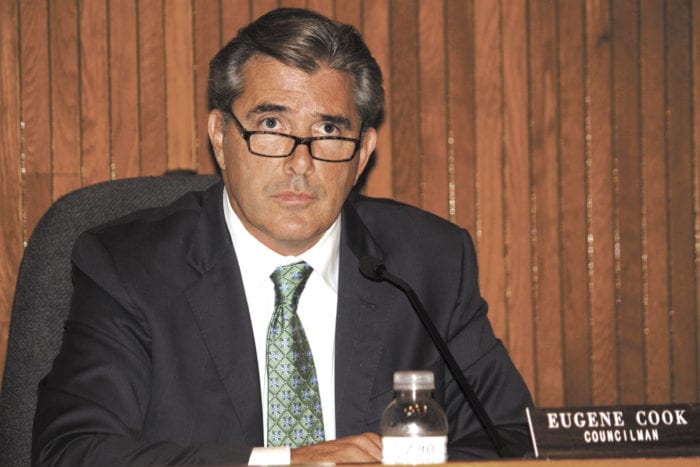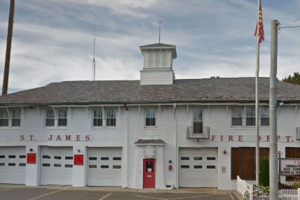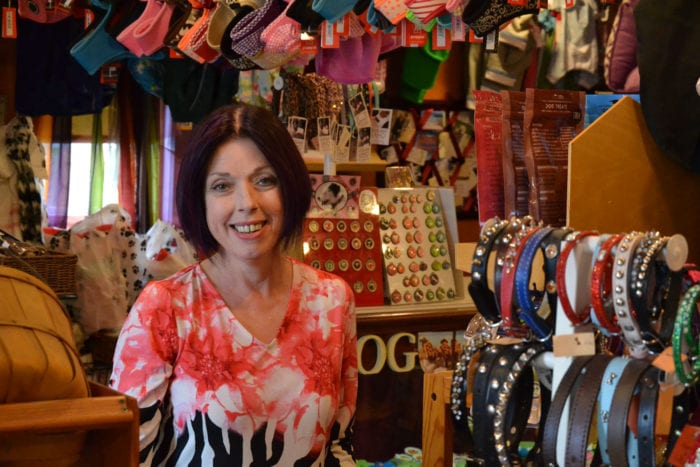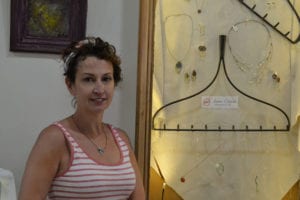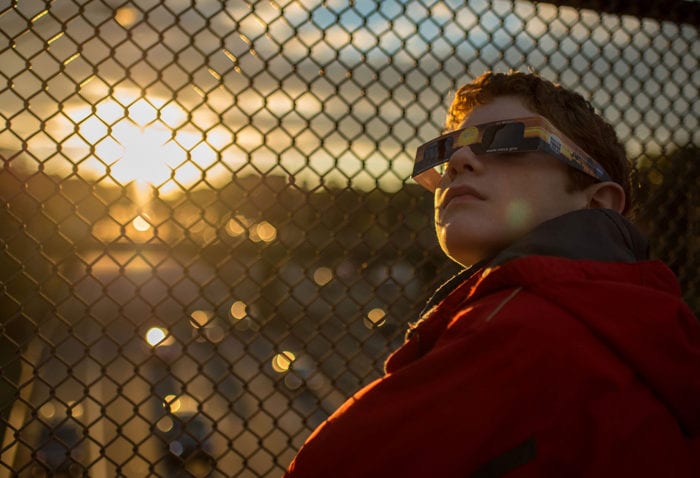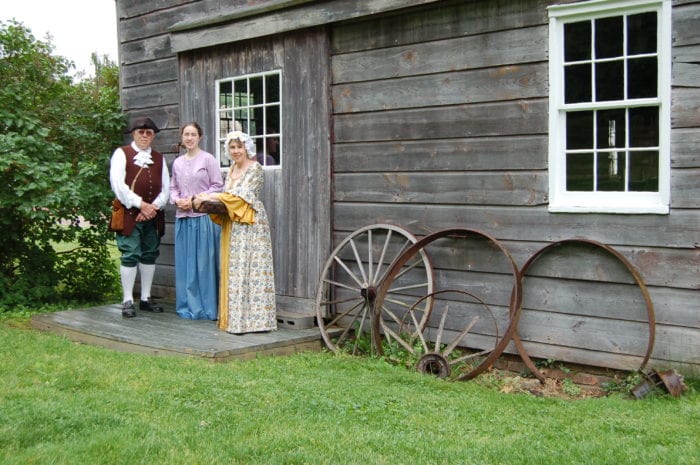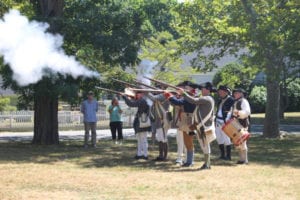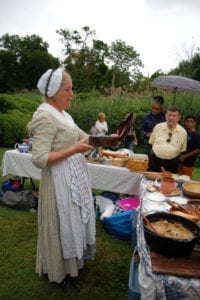By Kevin Redding
It was one of the few times Howard Davis Jr.’s wife saw him cry in public.
The Glen Cove native and Olympic gold medalist who made history in 1976 as the first amateur boxer to win the New York Golden Gloves tournament four years in a row had just about lost hope that he would ever get back his coveted awards, which were stolen from him and sold at a garage sale.
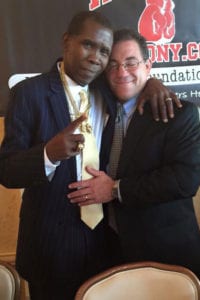
That all changed Sept. 13, 2015, when he was honored by Matt Farrago and his New York-based nonprofit, Ring 10, during a gala at Marina del Rey Caterers in the Bronx.
Davis, who was diagnosed with stage 4 lung cancer earlier that year at 59 and was on a personal mission to retrieve the mementos for his family before it was too late, was presented with four golden pendants.
Each one was a perfect replica of his lost golden gloves pendants, made and paid for by Ring 10. Veteran fighters from the nonprofit took turns placing them around his neck.
All Davis could do was bury his head in his hands.
“It was such an emotional moment and it was all because of Matt Farrago and Ring 10,” his wife Karla Guadamuz-Davis said, adding that the organization regularly helped pay for her now-late husband’s expensive medical treatment. “After Howard passed away on Dec. 30, 2015, I called Matt and said, ‘Thank you for giving Howard some joy during the last months of his life.’”
For Farrago, 56, a former middleweight boxer who lives in Greenlawn, helping retired fighters who have fallen on hard times is what he does every single day as the founder and president of Ring 10.
Formed in 2010 with a board of directors made up of ex-fighters, a cutman and some boxing advocates that meet once a month in the Bronx, the group stands as one of the few in the world that looks out for those who have been beaten in and out of the ring. Veteran boxers who are often discarded by managers and promoters at the top of their careers have been lost ever since, and that’s where Farrago comes in.
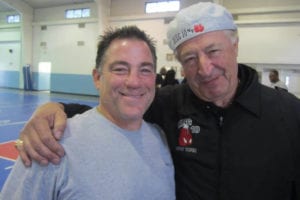
A majority of them wind up in physical and financial ruin because, unlike other professional sports like football, baseball or hockey, protected by NFL, MLB and NHL agencies, there’s no retirement or medical plan or structure in boxing for them to rely on.
You’re by yourself in the ring and in life, Farrago said.
“This is the rare sport that doesn’t take care of its own,” said Farrago, who was a top fighter in the 1980s until he was abandoned by his manager after losing a main event at Madison Square Garden. “There’s nothing — no safety net — nothing for these guys to fall back on. In boxing, if you don’t produce, you’re of no use. That’s the manager’s philosophy.”
He explained that while most athletes are drafted into the pros based on scholarships and achievements in college, that’s almost never the case for fighters, many of whom come up from the streets.
“If they make money, they think it’s going to last forever,” Farrago said. “Then they wake up with $150 in the bank. Whatever it takes, we try and get them back on their feet. We are the most effective club like this in the world.”
One of Ring 10’s proudest success stories is that of Iran “The Blade” Barkley, the World Boxing Council middleweight champion of 1988. The only guy to beat boxing legend Tommy Hearns twice, Barkley went from top of the world to homeless in the Bronx.
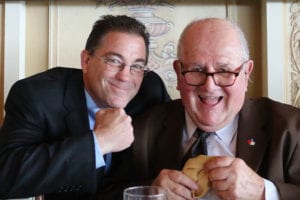
“We were literally told there’s a fighter in the subway system living only with a bag of clothes and his championship belt,” Farrago said. “When Iran retired, he had nothing. We took him in, got him settled, got him a place to live, had social services kick in and about a year and a half ago he got married to a nurse.”
Barkley now serves on the group’s board of directors, which also includes top boxers Mark Breland and Richard Burton, and celebrated boxing judge Harold Lederman.
Since its inception, Ring 10 has raised thousands of dollars through events and banquets to help more than 30 top fighters struggling around the world.
They send monthly gift cards to boxers who can’t afford groceries and clothes, and checks to the families of those suffering from illnesses such as chronic traumatic encephalopathy — an extremely common degenerative disease among fighters that’s brought on by repetitive brain trauma, also known as “punch-drunk syndrome.”
For the last six years the group has helped out former two-time middleweight champion Gerald McClellan, who suffered an aneurysm and collapsed in the ring in 1995 and is now blind and 80 percent deaf; it frequently sends care packages to Charlie “White Lightning” Brown, who was once regarded as having the fastest hands in the fight game and now resides in a nursing facility in Illinois with fluid on his brain and difficulty speaking; and even provided a proper headstone for a Floridian fighter who died from injuries in the ring and was buried in a nameless plot in Flushing, Queens.
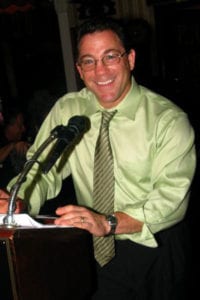
While most of the boxers helped are between 45 and 60 years old, board members said they anticipate some younger guys currently in the ring coming to them for help.
“Boxers are basically pawns to be moved around,” said Richard Schwartz, one of the board of directors. “I also think there’s the feeling that a lot of people just don’t care — they don’t care about the modern-day gladiators who get in the ring to entertain them, who risk their lives. Once they hang up their gloves and a lot of the hits to the head kick in, many of them don’t even have any kind of medical insurance when they need it most. Where is Don King? Where is Oscar De La Hoyas? These people have made hundreds of millions of dollars from the sweat, blood and tears of these fighters, and where are they?”
To Burton, a boxer who has been swindled out of a fair share of money over the years, there’s hope as long as Farrago is around.
“Everything he says he does, he actually does,” Burton said. “He goes beyond what’s expected of him and he’ll help anybody. If you’re down on your luck, Matt will find a way to raise money for you. Ring 10 is helping as many fighters as we can.”
The Ring 10 7th Annual Fundraiser will be held at the Marina del Rey Caterers in the Bronx Sept. 24 from 11 a.m. to 4 p.m.


